Emmanuel Munier Creates Landscape Photos That Look Like Paintings
All images by Emmanuel Munier. Used with permission.
My name is Emmanuel Munier. I am a self-taught French photographer who creates abstract landscapes or seascapes. I discovered ICM photography two years ago, and it radically changed my way of photographing my region. I love the random part of this technique, you can never really know in advance the image you’ll get, and you won’t ever be able to shoot it twice exactly the same. All my pictures are single shots (no Photoshop, of course, no multi-exposure).
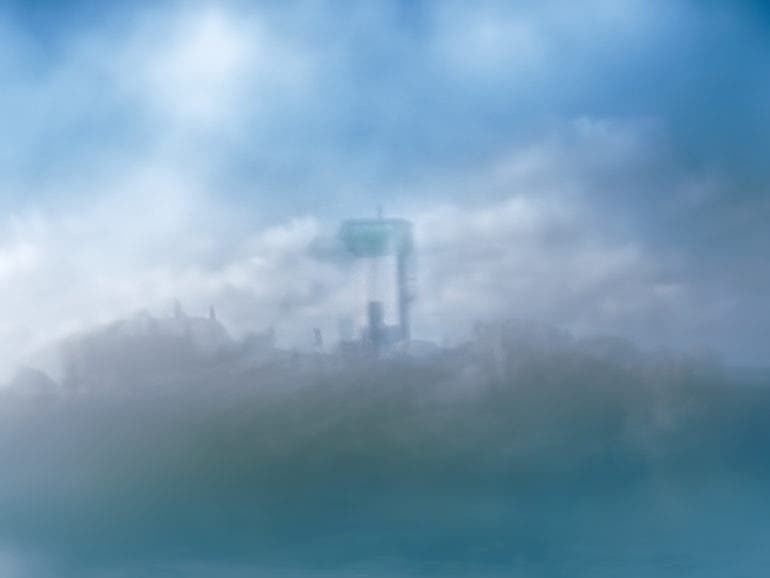
I don’t like to take pictures of landscapes the same way as the dozens of photographers who come to my region. I am then constantly searching for new ways of photographing or new points of view, and ICM photography offers this. It’s also a good way to get very oneiric images of imaginary landscapes.
My work will make the readers travel through oneiric landscapes: outer worlds without limits. You’ll only need imagination.
Why did you get into photography?
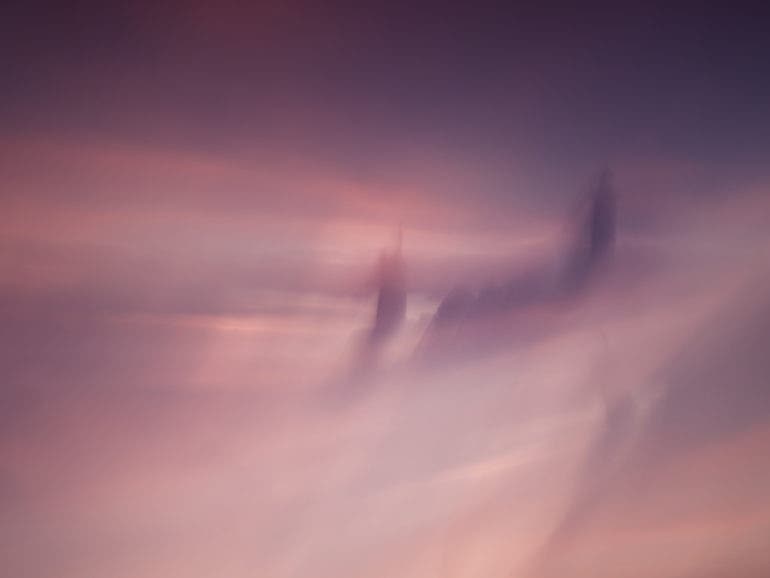
Emmanuel Munier: I got into photography because I have always loved the power of images. With a picture, you can say much more than with words. You can tell stories, you can imagine the world and your daily life differently.
Which photographers are your biggest influences? How did they affect who you are and how you create?
Emmanuel Munier: My first influence was Philip Plisson, a french photographer specialized in seascapes. When I first saw his pictures, I was impressed by the calm and authenticity that emanated from straightforward scenes. Many other photographers also influenced me (Todd Hido and his mysterious night shots, Raymond Depardon and his black and white vertical landscapes…). The latest photographer that had a big influence on me is Andrew Gray: his abstract landscapes are phenomenal. Discovering his work was, for me, the trigger to go beyond what I was usually photographing.
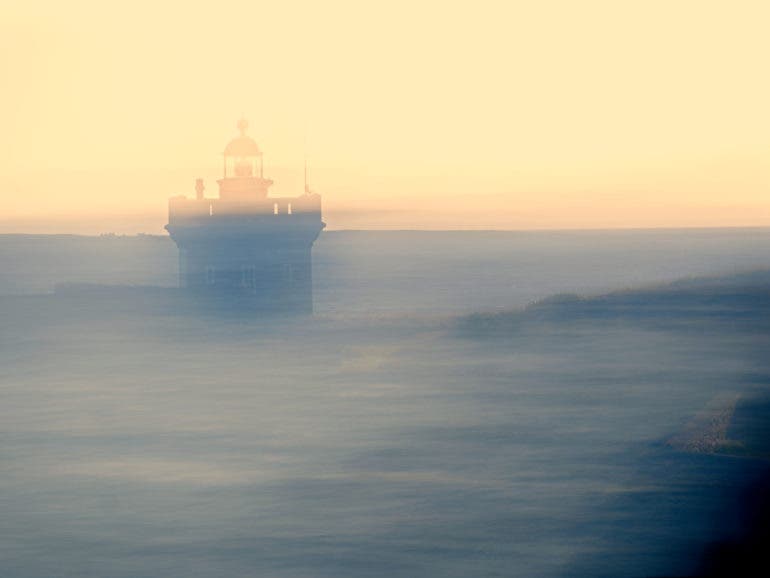
How long have you been shooting? How do you feel you’ve evolved since you started?
Emmanuel Munier: I’ve been shooting for 12 years or so, but more seriously since 2016. My practice has evolved from traditional seascapes to something more mysterious and more abstract.
Tell us about your photographic identity.
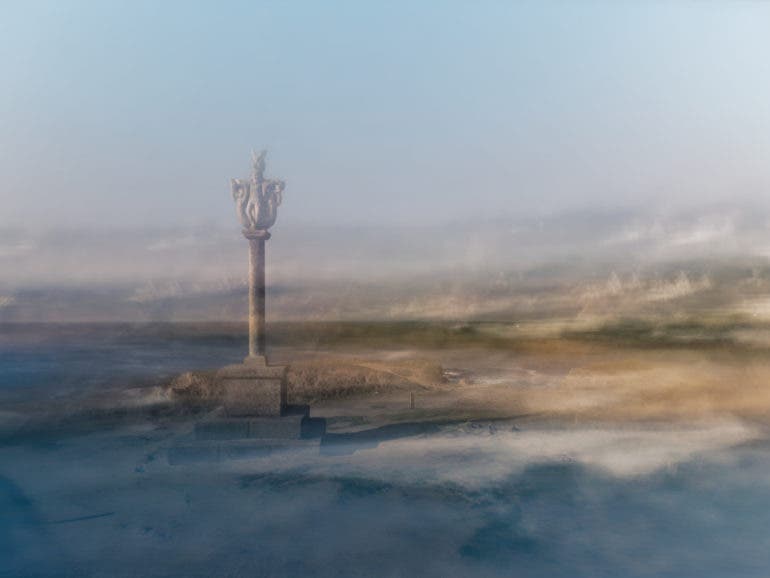
Emmanuel Munier: I am a french photographer, living in Brittany (in the far west of France), near the ocean. Living here, of course, helps to get some seascapes and helps to get used to managing the capricious weather and light. My graphical identity is made with colors, blur, movements, and mixing elements that have no reason to get mixed (for example, a lighthouse floating in the clouds)
Tell us about the gear you’re using.
Emmanuel Munier: I use Panasonic G9 (micro 4/3), mostly the 12-60mm f/3.5-5.6 lens. The other lenses I use are 45-200 F/4.5-5.6, UWA 7-14mm, and 20mm. I choose to get the Panasonic G9 because I love the µ4/3 system (my first camera 12 years ago was the Panasonic G1). I like its lightness and its compactness compared to any full-frame system. It’s a big advantage for Instant Camera Movement if you don’t want to get tendonitis in the wrist after a one-hour shooting. But the truth is that I am not a big fan of gears and materials. It’s, for me, the least interesting aspect of photography. No photographer has ever been exposed because his sensor had billions of pixels, but his work deserves it.
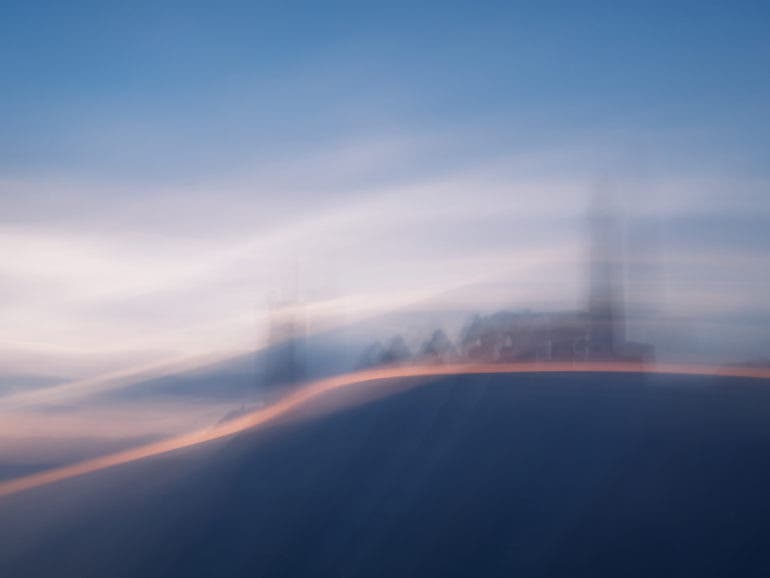
Natural light or artificial light? Why?
Emmanuel Munier: Only natural light.
Why is photography and shooting so important to you?
Emmanuel Munier: My work is hectic. Photography is my oxygen and my escape.
How does the gear help you create?
Emmanuel Munier: The gear has no real influence for me. It’s the movement, discovering sites, hiking, light, and weather to create my images.

What’s typically going through your mind when you create images?
Emmanuel Munier: Creating my images takes 2 steps: shooting and post-processing. Sometimes, before the session, I find a place to go and a subject to photograph. But most of the time, I randomly hike on the trails and find the subject. When I shoot, I need to clear my mind and make the place my own. Of course, it takes time for that. I don’t like to shoot in a hurry. When I shoot, I do various movements, smooth or abrupt. There are no rules for that. The second half of creation, the post-processing, is when the final image springs. It’s more about the research of the right balance between blur, colors, contrasts, abstraction.. to get an image that delivers the message I want it to.
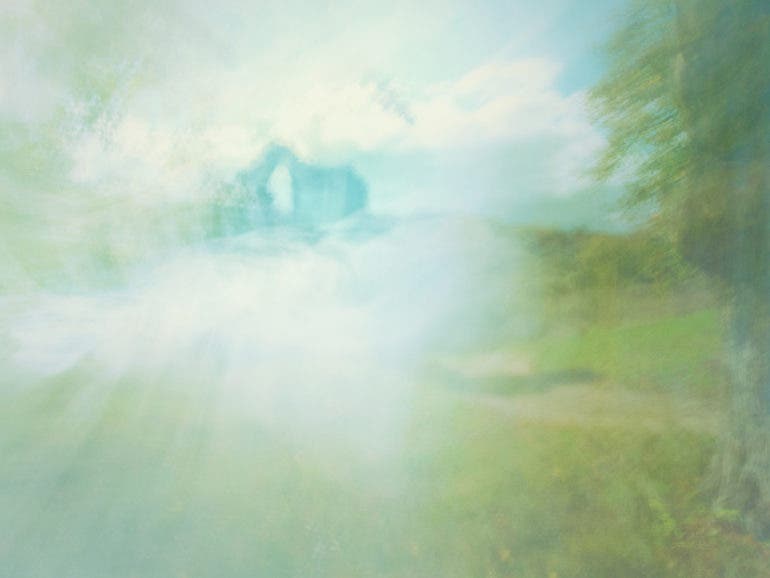
Please walk us through your processing techniques. Also, tell us about how you’re achieving your look without Photoshop if you’re comfortable with that.
Emmanuel Munier: My process techniques are quite simple. My pictures are always a one-shot: no double exposure (within the camera or any software). When I shoot, the movements I produce are really random, so I get dozens of images that I need to sort. I select the few pictures that, in my opinion, deserve to be processed. Before talking about post-processing, you have to know that ICM photography often washes contrast and colors. My post-processing techniques are to reveal back the shapes and the colors. I use DXO Photolab and sometimes Nik Software for this. I am very comfortable with not using Photoshop, as I never used it before. It’s not even installed on my PC, and I don’t know how it works.
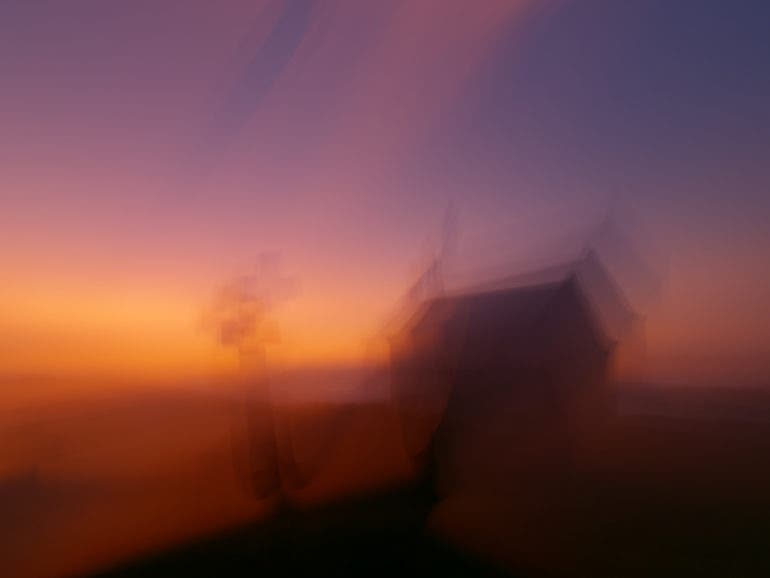
Tell us about the project or portfolio you’re pitching to us.
Emmanuel Munier: The images selected come from a larger project called “worlds elsewhere.” My intention is to create oniric pictures from my region. Pictures are shot at any time (sunrise, sunset, during the day), at any light or weather. I only need a good point of view and a good subject: boats, lighthouses, churches or chapels… I like to use common landscapes or seascapes to recreate them into imaginary ones, where our landmarks disappear.

What made you want to get into your genre?
Emmanuel Munier: I live in a region where landscapes and seascapes are very photographed by dozens of photographers. It’s then tough to differentiate, to create original images. I discovered Andrew Gray and his abstract landscapes, and I found that this could be a good way to get something different. I’ve been trying and developing this ICM technique to get what I can show now.
What motivates you to shoot?
Emmanuel Munier: What motivates me to shoot is very selfish: being in an inspiring place is an excellent way to feel good! Then I shoot to catch the magic of the moment and share it with the people.

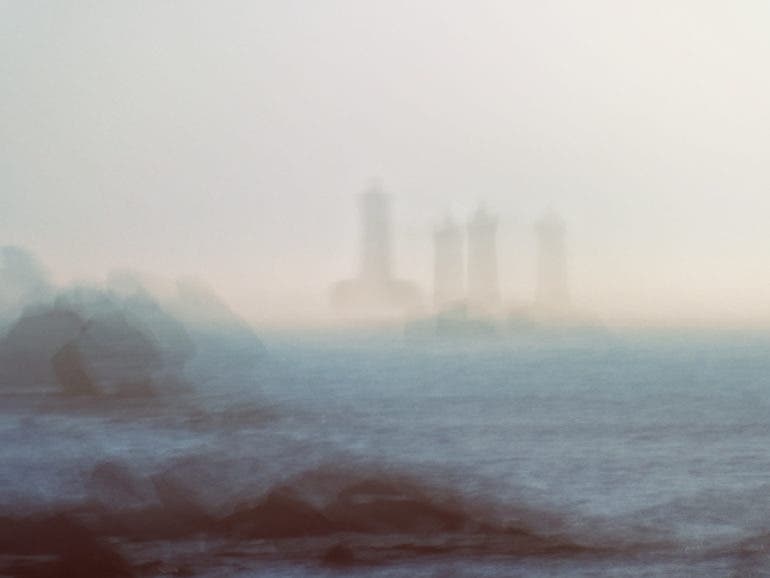
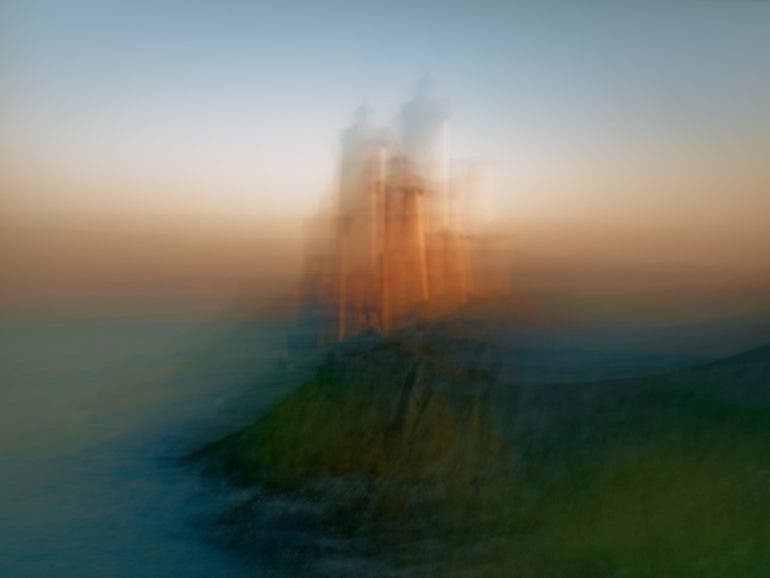


Check out Emmanuel’s photos on his website and his Instagram.